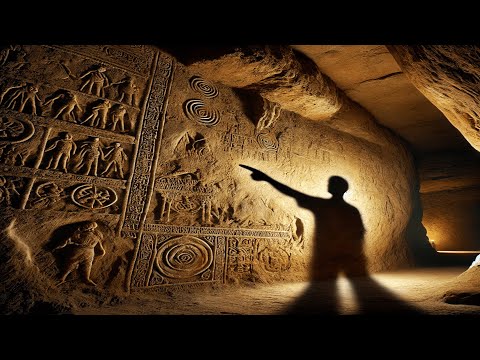
When it comes to exploring the unknown, few places on Earth can rival the intrigue and mystery of caves. Among these, Krubera Cave stands out as not only one of the deepest known caves in the world but also as one of the most challenging and enigmatic to explore. Located in the Arabika Massif of the Gagra Range in Abkhazia, a region in Georgia, Krubera Cave, also known as Voronya Cave (meaning “Crow’s Cave” in Russian) is a site that has fascinated and challenged speleologists (cave scientists) and adventurers alike.
#### Discovery and Exploration
Krubera Cave was first discovered in 1960, but its true depth was not known until expeditions that commenced at the turn of the 21st century. Ukrainian speleologists have played a pivotal role in its exploration. The cave reaches an astounding depth of over 2,197 meters (7,208 feet), making it one of the world’s deepest caves. Prior to this discovery, the title was held by Lamprechtsofen cave in Austria.
#### The Journey Inside
Exploring Krubera is no small feat. It involves a complex vertical descent through narrow passages and deep shafts followed by horizontal spelunking through subterranean rivers and sumps filled with ice-cold water. This makes it accessible only to highly skilled cavers equipped with specialized gear. Each expedition requires careful planning that can take months or even years.
#### Unique Ecosystem
One of the most fascinating aspects of Krubera Cave is its unique ecosystem. Despite being located deep underground where sunlight never reaches, various forms of life have been discovered here. These include unique species adapted to life in complete darkness such as transparent fish, blind beetles, and other troglobites that rely on nutrients brought into the cave by water rather than photosynthesis.
#### Geological Significance
Krubera belongs to a network of limestone caves which have been formed by hydrothermal forces over millions of years. Its geological structure provides valuable insights into geological processes that shaped our earth and offers clues about seismic activities. Studies conducted within this cave help scientists understand subterranean hydrodynamics and mineral formations.
#### Mysteries Yet Unexplored
Despite extensive exploration efforts that have taken place over decades, much about Krubera remains unknown. The layout is complex with multiple branches leading off from main passages which themselves wind down further into the earth than humans have so far reached or mapped out completely.
Furthermore, there are legends among local Abkhazians about ancient spirits believed to inhabit these caverns adding an element of cultural mystique to its scientific allure.
#### Challenges Faced by Explorers
The physical challenge posed by Krubera’s depth is compounded by psychological stresses associated with deep cave exploration such as claustrophobia and isolation anxiety which can affect even seasoned cavers. Additionally, navigating through such an environment requires constant vigilance against potential hazards from rock falls to flooding caused by sudden underground river swelling.
In conclusion, while reaching its deepest points may be beyond what some would consider prudent risks for exploration purposes today; each venture into Krubera expands our knowledge about Earth’s hidden frontiers while simultaneously reminding us how much remains undiscovered beneath our feet on this planet we call home.
